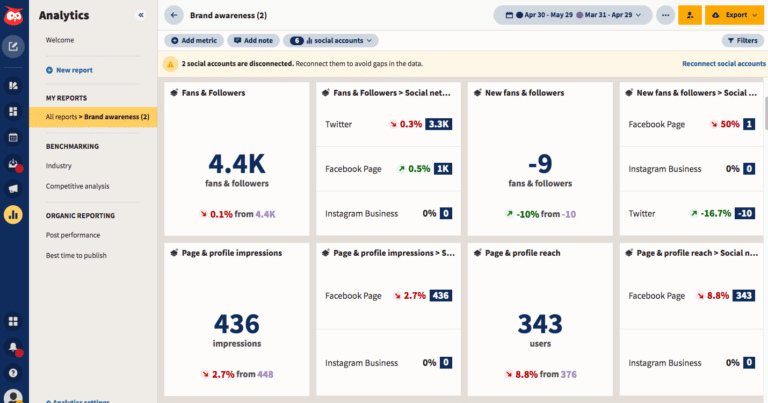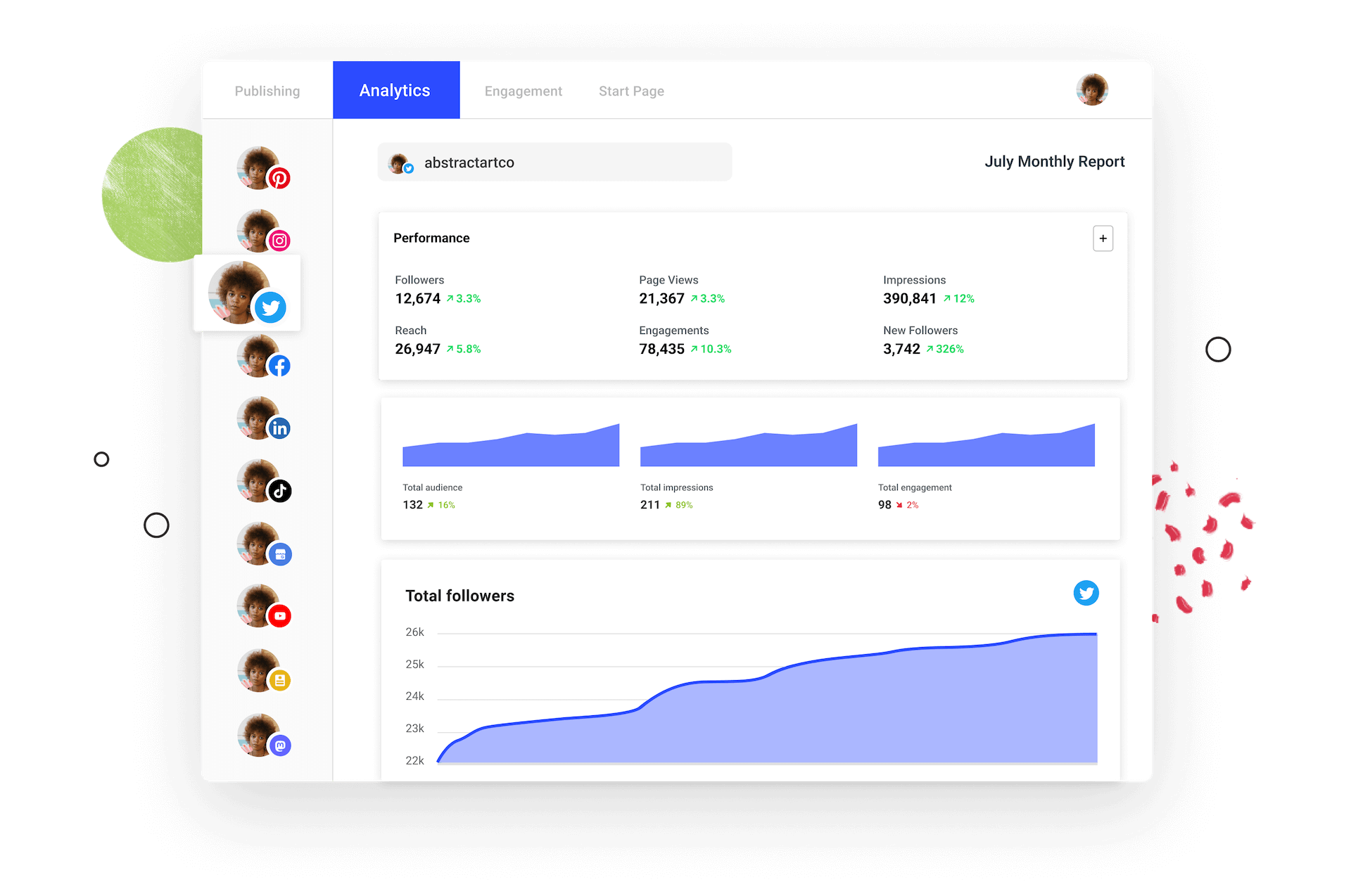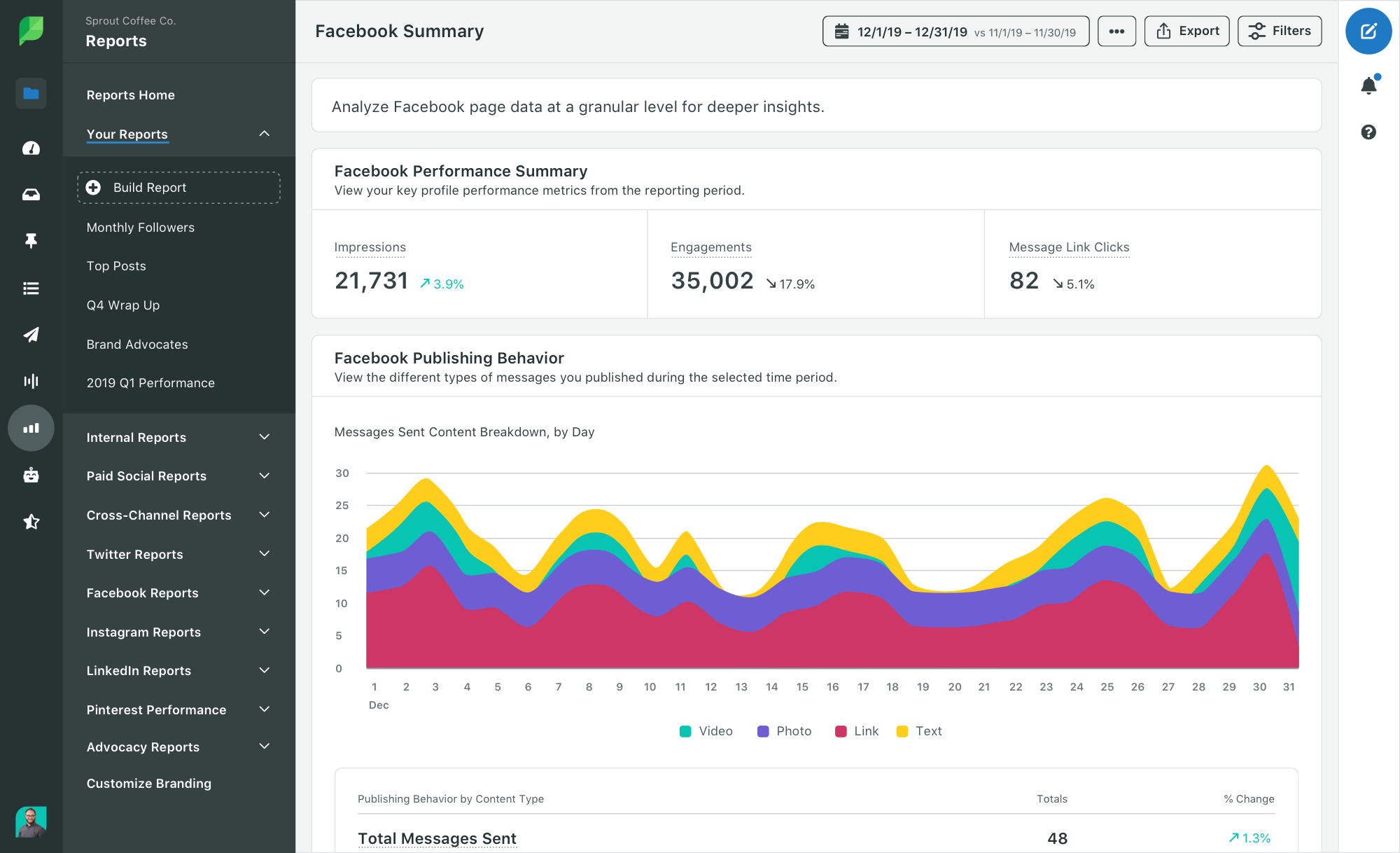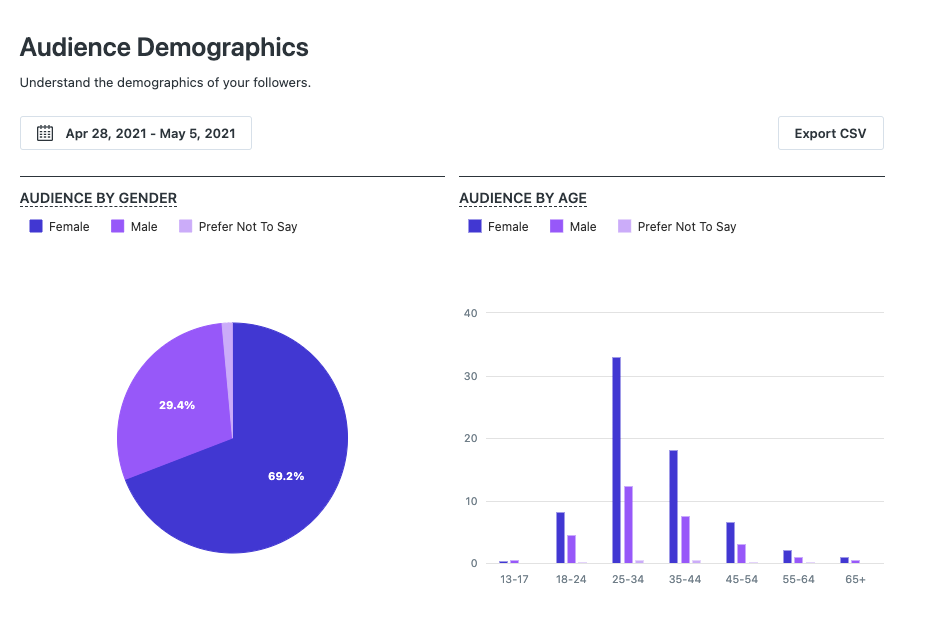Best Social Media Marketing Platforms for In-House Teams for 2025

The days of phone call marketing and newspapers are long gone at worst – dwindling at best. The revival of phone is thanks to SMS, but really, who likes getting unrelenting messages from 1-800-MATRESSES about a 10% coupon on memory foam?
Marketing lives in the digital age, with all sorts of new technologies emerging every year. Now marketing teams rely heavily on these technologies to reach their audiences and achieve their goals. An objective-focused marketing tech stack is crucial for getting the most out of your marketing dollars. From streamlining workflows, keeping things organized and well reported, this helps businesses maximize the return on marketing investment (ROI). Provided you know what you’re doing and your set ups are well monitored with ample documentation on approved use.
This blog will explore the key components of a social media marketing tech stack. We’ll discuss the benefits of implementing one, and offer tips for selecting the right tools for your specific needs. When building your tech stack – regardless of whether its for social, content, design or billing, there are several factors to consider:
- Budget – it’s important to choose tools and platforms that fit within your marketing budget and provide value for their cost.
- ROI (return on investment) expectations for the tool. Even if a particular piece of tech is high-cost, if you can see it providing plenty of value – whether it’s generating leads or maximizing engagement – then it could be worth it.
- Your existing systems. Will you need to overhaul your SOPs to integrate a tool, and does that make it a net negative or positive? Could the tech make things more efficient by combining processes done by one or two of your current tools?
- Your team. Does the tool have good UX/UI? Is it intuitive and easy to learn, or is there a steep learning curve? Will it be worth investing time and resources to train your team in using the tech?
But even if it looks like the tech fits now, you’ll have to look towards the next several years. Good marketing tools should be scalable – they should be functional even as your business grows, instead of becoming a liability.
And, of course, good marketing tech should have reliable security and comply with regulations. You want to use tools and platforms that are reliable, reputable, and responsive to any urgent situation.
Social Media Management: Maximizing Social Engagement
Social media is a necessity in digital marketing – no ifs and buts. It remains one of the primary ways to engage with target audiences and existing customers, and it’s only going to grow.
Two main considerations for companies include content distribution and engagement optimization. Your social media management technologies should allow things like advanced scheduling, performance analytics, multi-platform posting, and social listening.
#1 — Hootsuite

From Hootsuite
This is a titan in its industry, and for good reason. Hootsuite offers a variety of features, from content scheduling to auto-responses. The platform analyzes your social media metrics and provides insights such as the best times to post, content ideas, and paid VS organic post metrics.
Hootsuite also understands that engagements are at the heart of social media. It gives businesses tools like saved replies, separated inboxes, auto-responses, and even stream monitoring. And it works with most major social media platforms.
| PROS | CONS |
|---|---|
| Wide range of features | High price point |
| Engagement-centered automation | Complex interface |
| AI-powered idea generation | Limited options for features like live events |
#2 — Buffer

From Buffer
Buffer markets itself as an all-in-one solution for small businesses, and it works. The tool’s focus is to help a business grow an organic following and drive high-value engagements on multiple social media platforms.
One key feature of Buffer is the team collaborations, allowing different team members to coordinate on posting plans and content ideas. In terms of engagement, it previews posts with unanswered comments and allows you to respond to comments via a single dashboard.
The smart alerts feature uses machine learning to flag and categorize engagement into things like queries, negative feedback, or product inquiries.
| PROS | CONS |
|---|---|
|
|
|
|
|
|
#3 — Sprout Social

From Sprout Social
This is an all-in-one social media management platform that covers everything from analytics to influencer marketing. Sprout Social helps drive real brand value and growth through easy-to-use features and automations.
One feature that makes Sprout Social stand out is the ability to manage tagged accounts and hashtags for different posts on different platforms – something particularly useful for Instagram posts. Their AI features can generate caption ideas, determine the best posting times, and zero in on emerging trends for your campaign.
| PROS | CONS |
|---|---|
| Comprehensive social listening | Higher cost than competitors |
| AI-powered automations | Slightly limited customer support |
| Content compilations for newsletters |
#4 — Later

From Later
It’s all in the name – Later allows you to “set it & forget it” for later. You can create and schedule your social media posts so your content “stays fresh.” Later also lets you automate reply templates and generate caption ideas to save you time and make your social media strategy more efficient.
Later’s best features lie in their content creation and visual planning, which let you take your branding to the next level. The visual content calendar means your team can plan content that’s visually cohesive and on-brand.
The platform lets you search and discover user-generated content that aligns with your brand – through hashtags, profiles, and even mentions! Later also automatically adds creator attribution, so you’re always crediting the original poster (and giving them a nice boost).
| PROS | CONS |
|---|---|
| Quick and easy scheduling process | Less valuable for non-Instagram platforms |
| Has features specifically for Instagram | Starter plan is a bit limited |
| Link in Bio for driving traffic |
Look to future-proof
When choosing marketing tools and platforms, companies should always have one eye on the future. While the tools should provide value in the now, they should continue providing value even as your business scales up or expands. And that should not compromise budget allocations – you don’t want to choose a marketing tech platform that ends up costing more than the value it delivers over time.
Keeping one eye on the future also means keeping an eye on emerging technologies. The tech industry is constantly evolving – a platform that might be industry standard today could become outdated pretty quickly. Where you might need three different tools to cover all your bases, in 5 years you could get all those services on one platform.
The marketing tools you choose should also be able to adapt to changes in your industry. As marketing trends transform, you must be able to adjust your strategies accordingly – and the tech you use should allow you to do that with ease.
Stacking Tips
If you want to build a MarTech stack that’s not just robust but actually useful, you’ll need to include tools that are best suited for your business. Check review platforms like G2 and Capterra to see what real people are saying about these tools and platforms – the good, the bad, the ugly. It’ll also save you a headache down the line since you can assess whether the tool adds value to your business specifically or not.
One way to gauge a tool’s value is to give it a try, and many of these platforms do offer free trials and demos! Use these to your advantage to evaluate their features and get a feel of whether they’ll be worth the cost. You can also check reputable marketing websites to see if they have affiliate offers.
(For large-scale businesses, it may be worth negotiating an enterprise contract if the platform doesn’t offer one already.)
Lastly, your marketing tech stack shouldn’t just be useful – it should also be sustainable. Beyond the financial cost of the subscription, will you need to retain team members specifically to use a tool (as is commonly the case with Adobe Analytics)? Will the tools make your workflow more efficient or will they just be an additional strain?
At the end of the day, you want to curate your marketing technology so you (or your team) work smarter and more effectively. The tech should streamline processes and improve your strategies, not make things harder. And the tech you choose should fit your company and its marketing needs – not the other way around.
Conclusion
Remember, the best tool is the one that works for your skillset & goals. If you’re unsure about which tools to choose or how to effectively use them, consider outsourcing your social media needs.
Let us handle it. Our team of experts can help you create a customized social strategy while managing your marketing tools and social accounts. Schedule a free consultation today to learn how we can help your business grow online.




